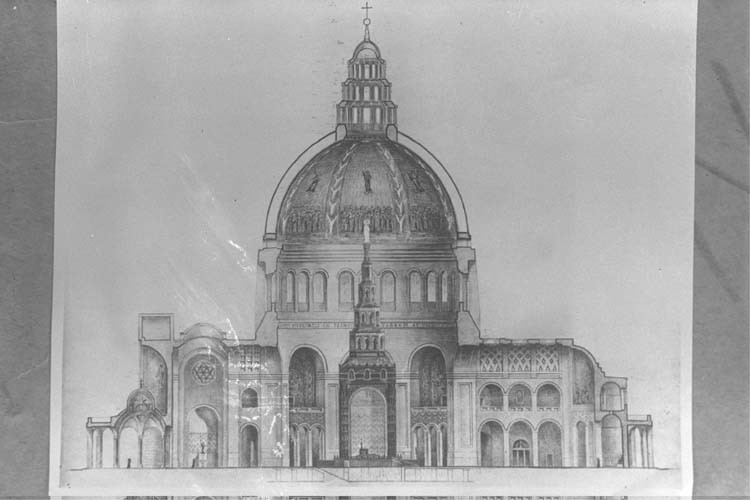Reference




OpenAI's Answer
The addition of vestibules to synagogues significantly altered their original structures. Here's a summary of how these modifications impacted synagogue architecture:
-
Structural Changes: The vestibules, which often served as entry porches or annexes, changed the facade and the initial impression of the synagogue. For instance, many wooden synagogues featured low annexes with simple lean-to structures that were quite different from the imposing vestibules seen on contemporary churches (Wikipedia).
-
Orientation and Layout: In some instances, the addition of vestibules altered the orientation and internal arrangement of the synagogue. The forecourt, for instance, was sometimes reduced to a simple vestibule. This modification often disregarded the traditional orientation toward Jerusalem, thereby affecting the congregation's seating arrangement and focus (PDF on synagogue architecture).
-
Functional Space: Vestibules provided additional functional space for the community. This space could serve various purposes, such as a gathering area before entering the main nave, a place for social interaction, or even a transitional space that helped maintain the sanctity of the main worship area.
-
Architectural Identity: The inclusion of vestibules sometimes led to synagogues adopting architectural elements from other religious buildings, such as churches. This incorporation blurred the distinct architectural identity of synagogues and introduced new stylistic elements (Ancient Synagogue and its Components).
-
Cultural Integration: By adding vestibules, synagogues were able to integrate better within the urban landscape. This integration often mirrored local architectural trends, making synagogues more harmonized with the surrounding structures (JSTOR).
These alterations had both practical and symbolic implications, affecting not just the physical structure but also the cultural and religious identity of the synagogue and its congregation.
Follow Up
Related
How does the addition of additives affect the properties of paint?
How tinted sunscreen is more superior than non tinted sunscreen? Support answer with actual journals
For this privately held financial services company, a compelling journey of business transformation
Repositioning for the future: African hand-washing innovation Shesha Geza streamlines its strategi
What is the total length of the 'Additional Creations and Bonus Tracks' collection?